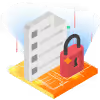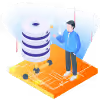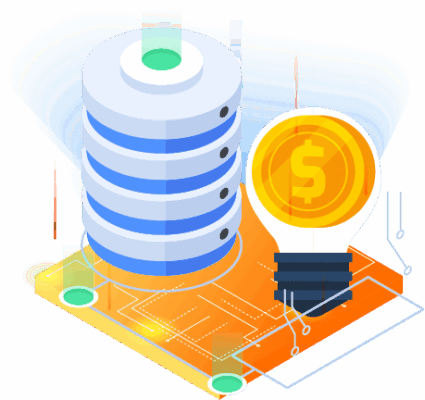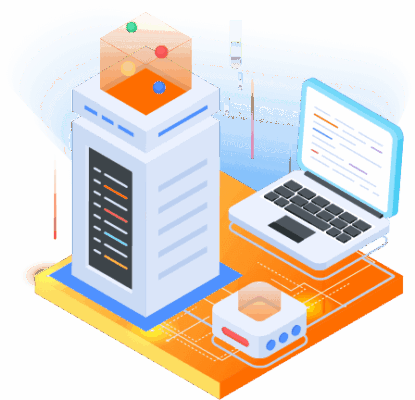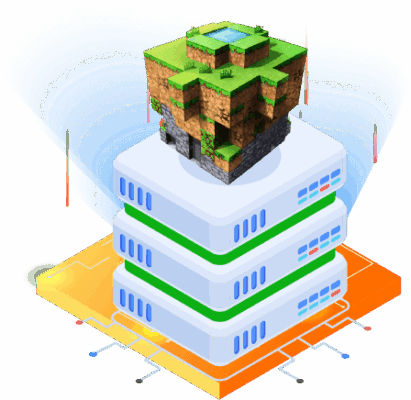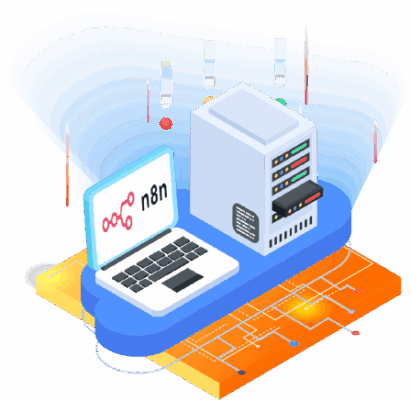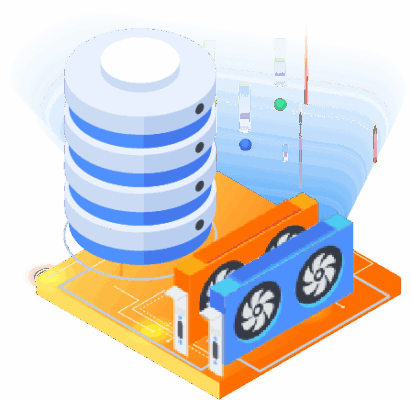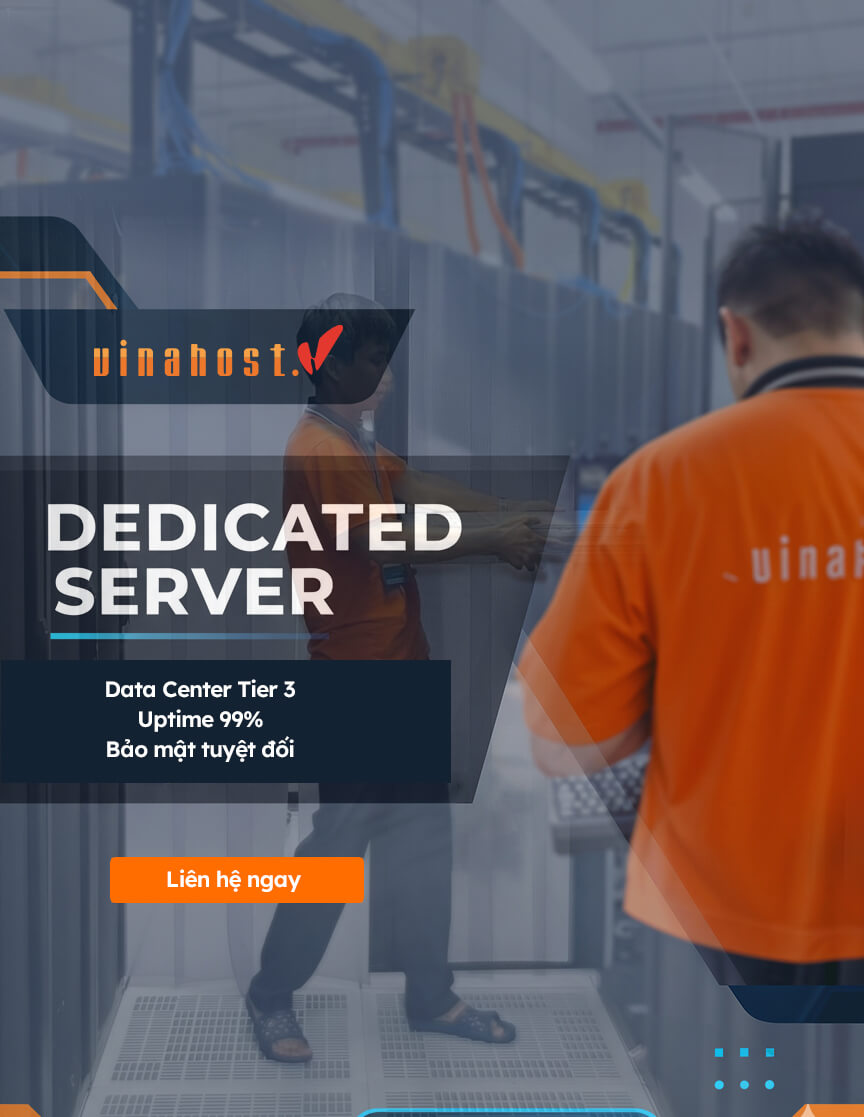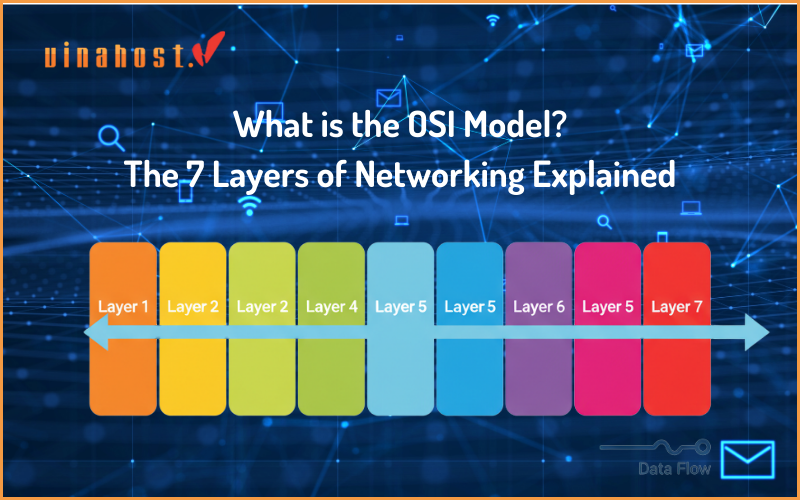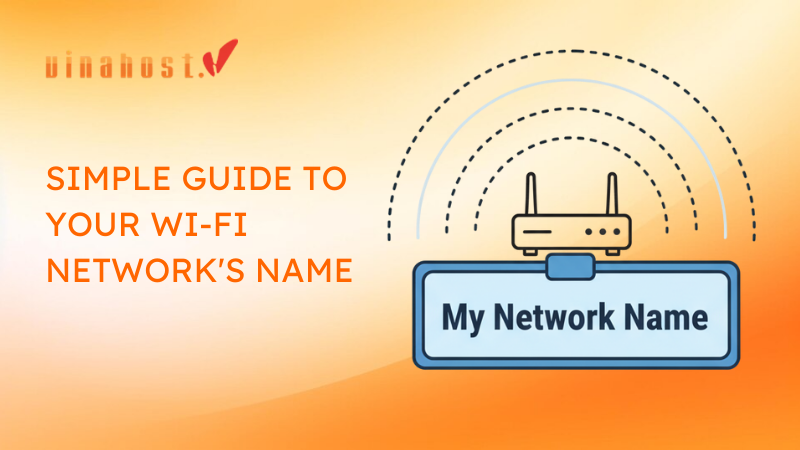If you’ve spent any timef in the worlds of online gaming, web administration, or cybersecurity, you’ve likely heard the terms “IP stresser” or “DDoS booter.” They often surface when a website suddenly goes offline or a gamer gets kicked from a match. But what exactly are these tools?
At its most basic, an IP stresser is an online service designed to test the resilience of a server, network, or application by simulating a high volume of traffic. Think of it like a controlled fire drill for a building’s sprinkler system—you’re intentionally creating pressure to see how well the system holds up.
However, this legitimate purpose is overshadowed by the tool’s dark side. The same technology used for “stress testing” can be pointed at any target on the internet. In this context, the tool is no longer a testing utility but a weapon, and its name changes from “stresser” to “booter”—a service used to launch malicious Distributed Denial – of -Service (DDoS) attacks and “boot” victims offline.
While the technology is neutral, its application is what matters. This article will break down exactly what IP stressors are, the powerful mechanics behind how they work, their serious legal implications, and most importantly, the practical steps you can take to protect your digital assets from their malicious use.
1. The Core Concept: How IP Stressers Work
The goal of a DDoS attack launched by a stresser is simple: to overwhelm a target with more traffic than it can possibly handle.
This is exactly what an IP stresser does to a server or network. It sends a flood of data packets or connection requests to the target’s IP address. Every server, router, and firewall has a finite amount of bandwidth and processing power. When the incoming traffic exceeds that capacity, the target system slows to a crawl, becomes unresponsive.
But where does all this attack traffic come from? It’s not from a single powerful computer. That would be a simple Denial-of-Service (DoS) attack, which is relatively easy to block by just stopping traffic from that one source. This is where the “Distributed” part of DDoS comes in.

1.1 The Role of Botnets
IP stressors and booters derive their power from botnets. A botnet is a network of thousands, or even millions, of compromised devices that are controlled by a single attacker, known as a “botmaster.” These devices can include:
Personal computers infected with malware.
Smartphones and tablets.
Internet of Things devices like security cameras, smart TVs, and even refrigerators with poor security.
The owners of these devices usually have no idea their hardware is part of a criminal network. The botmaster can command this entire digital army to send traffic to a single target simultaneously.
To use an analogy, a simple DoS attack is one person shouting at you, making it hard to hear. A DDoS attack is a massive, coordinated crowd of thousands of people all shouting at you from every direction at the same time. The sheer volume makes it impossible to function. This distributed nature makes the attack incredibly difficult to stop, as you can’t just block one or two sources—you have to deal with traffic coming from countless legitimate-looking devices all over the world.
1.2 Common Attack Vectors Used by Stressers
Booter services don’t just send random data; they use specific types of attacks designed to be as disruptive as possible. These attacks are often categorized by which layer of the network model they target.
Layer 3/4 Attacks
These are the most common types of DDoS attacks, known as volumetric attacks. Their goal is to saturate the target’s network bandwidth, like clogging a pipe with too much water.
SYN Floods: This attack exploits the “three-way handshake” used to establish a TCP connection. Normally, you send a SYN request, the server responds with a SYN-ACK, and you reply with a final ACK. In a SYN flood, the attacker’s botnet sends a huge number of SYN requests but never sends the final ACK. The server is left waiting with thousands of half-open connections, using up its memory and resources until it can’t accept any new, legitimate connections. It’s like a thousand people knocking on a door and then running away, forcing the homeowner to keep the door open waiting for people who will never enter.

Layer 7 Attacks
These attacks are more sophisticated and harder to detect because they mimic legitimate user behavior. Instead of just clogging the network pipes, they target the applications running on the server, like a web server or a database API.
HTTP Floods: This is the most common Layer 7 attack. The botnet sends what appear to be normal HTTP GET or POST requests to a web server. These requests can be for something simple, like the homepage, or for something resource-intensive, like a database search or a large file download. When thousands of bots make these requests simultaneously, they exhaust the server’s CPU and RAM. From the server’s perspective, it just looks like it suddenly became extremely popular, making it very difficult to distinguish malicious traffic from real users. It’s the digital equivalent of a thousand people calling a pizza shop and spending ten minutes each asking about every single topping, tying up all the phone lines so real customers can’t get through.
2. IP Stresser vs Booter: Clarifying the Terminology
You’ll hear these terms used almost interchangeably, but their intended meanings are worlds apart. Understanding the difference is key to understanding the intent behind their use.
Stresser: In a professional context, a “stresser” is a tool used by network administrators, cybersecurity professionals, and developers. They use it with explicit permission to test the limits of their own infrastructure. The goal is to find weaknesses before a real attacker does. How much traffic can our new server handle before it fails? Is our firewall configured correctly to mitigate a UDP flood? This is a responsible and necessary part of building a resilient system.
Booter: A “booter” is a service sold illegally on the internet that uses the exact same stresser technology for malicious purposes. The name comes from its function: to “boot” a target offline. These services are often marketed with slick dashboards, subscription plans, and customer support. The users of these services are not cybersecurity experts; they are often disgruntled gamers, online activists, or petty criminals looking to cause disruption without needing any technical skill.

In today’s language, “IP stresser” has largely become a euphemism for “booter.” When you see the term used online, especially in gaming or hacking forums, it almost always refers to the malicious DDoS-for-hire service.
3. The Critical Question: Are IP Stressers Legal?
3.1 The Only Legal Use Case: Authorized Stress Testing
Using an IP stresser is 100% legal under one condition: you are the owner of the target server, network, and infrastructure, OR you have explicit, written, and provable permission from the owner to conduct the test.
This practice is a standard part of professional cybersecurity, often called penetration testing or security auditing. Companies hire ethical hackers to attack their systems in a controlled way to identify vulnerabilities. The entire process is governed by contracts and strict rules of engagement. This is the only scenario where launching a simulated DDoS attack is not a crime.
3.2 Illegal Use and Its Severe Consequences
Using a stresser or booter service to launch an attack against any website, server, network, or individual IP address without permission is a serious federal crime in the United States, the UK, the EU, and most other countries.
Laws like the Computer Fraud and Abuse Act (CFAA) in the U.S. make it illegal to intentionally access a computer without authorization and cause damage. A DDoS attack falls squarely into this category. It doesn’t matter if your intent was “just a prank” or to win a video game. The consequences of being caught are severe and can include:
Heavy Fines: Fines can range from thousands to hundreds of thousands of dollars.
Equipment Seizure: Law enforcement can seize any computers, phones, or network equipment involved in the attack.
Prison Sentences: Depending on the scale of the damage, prison sentences can range from a few years to over a decade.

Law enforcement agencies like the FBI have become increasingly effective at tracking down the operators and users of these booter services. The anonymity they promise is often an illusion.
4. How to Detect and Defend Against IP Stresser Attacks
Knowing you’re under attack is the first step to fighting back. From there, you can implement a multi-layered defense strategy to protect your assets.
4.1 Telltale Signs of a DDoS Attack
The symptoms of a stresser attack can sometimes be mistaken for other network problems, but a combination of these signs is a strong indicator:
Unusually Slow Network Performance: Your website, game server, or application becomes extremely laggy and unresponsive for no apparent reason.
Complete Website Unavailability: Users trying to access your site receive timeout errors or “503 Service Unavailable” messages.
A Sudden, Sustained Spike in Traffic: Your network monitoring tools show a massive, unnatural jump in incoming bandwidth usage.
Traffic from Unfamiliar Sources: The traffic spike is often associated with a large number of IP addresses from disparate geographic locations, all hitting your server at once.
4.2 Proactive Defense Strategies
Waiting until an attack happens is too late. A robust defense requires proactive measures.
Rate Limiting
Rate limiting is a fundamental defense mechanism. It involves configuring your server or firewall to limit the number of requests a single IP address can make in a specific timeframe. For example, you could set a rule that no single IP can make more than 100 requests per minute. While this won’t stop a sophisticated botnet where each IP stays under the limit, it’s highly effective at mitigating simple, brute-force attacks from less advanced stressors.
Web Application Firewall (WAF)
A WAF is like an intelligent security guard for your website. It sits between your users and your web server, inspecting incoming HTTP traffic. It can identify and block malicious requests that are characteristic of Layer 7 attacks, such as SQL injection, cross-site scripting, and HTTP floods. A well-configured WAF can distinguish between a real user’s traffic patterns and the robotic, repetitive requests generated by a botnet, blocking the attack before it ever taxes your server’s resources.
Network Firewalls and ACLs
Your network firewall is your first line of defense. You can configure Access Control Lists (ACLs) to block traffic based on specific criteria. For instance, if you notice an attack is coming primarily from a certain country where you do no business, you can temporarily block all traffic from that region (a practice known as geo-blocking). You can also use ACLs to block traffic from IP addresses known to be part of botnets by subscribing to threat intelligence feeds.
4.3 The Ultimate Solution: Professional DDoS Mitigation Services
For any serious online business, game server, or application, relying solely on on-premise hardware is not enough. Large-scale volumetric attacks can easily saturate your ISP’s connection before the traffic even reaches your firewall.
This is where professional, cloud-based DDoS mitigation services are essential. Companies like Cloudflare, Akamai, and AWS Shield operate massive global networks with far more bandwidth capacity than any single organization.
Here’s how they work:
You route your internet traffic through their network first.
Their systems continuously analyze incoming traffic, using sophisticated algorithms to distinguish between legitimate users and attack traffic.
When a DDoS attack is detected, their network absorbs and filters the malicious traffic – like a giant sponge – allowing only clean, legitimate traffic to pass through to your server.

Your server never has to deal with the flood, and your users experience no disruption. This is the gold standard for DDoS protection in today’s threat landscape.
5. Conclusion: A Powerful Tool in the Wrong Hands
IP stressors are a classic example of a dual-use technology. In the right hands, they are valuable tools for cybersecurity professionals to build stronger, more resilient systems. They are the weights that make the digital muscles stronger.
However, the reality is that their technology has been commercialized for crime. The widespread availability of cheap, easy-to-use “booter” services has democratized the ability to launch crippling DDoS attacks, making them a primary weapon for everything from online harassment to digital extortion.
Protecting yourself is not about finding a single magic bullet. It requires a multi-layered defense strategy, starting with basic network hygiene like rate limiting and firewalls, and scaling up to professional WAF and cloud-based mitigation services. By understanding the threat and preparing for it proactively, you can ensure your digital presence remains online and available, even when you become a target.
6. Frequently Asked Questions (FAQ)
Q1: Can a VPN protect me from a DDoS attack?
A: It’s a “yes and no” answer. A VPN is excellent for protecting your personal IP address. It routes your traffic through a server, hiding your home IP from the outside world. This is very effective at preventing someone from targeting you directly. However, a VPN does absolutely nothing to protect your service from an attack. The server’s IP is public, and a VPN on your personal computer won’t shield it.
Q2: Are free IP stressors safe to use for testing my own server?
A: Absolutely not. “Free” stresser services are incredibly dangerous and untrustworthy. They are almost always scams with ulterior motives.
Q3: How much do booter services cost?
A: One of the most alarming aspects of the DDoS landscape is how cheap these illegal services are. They are often sold on the dark web or in clandestine online communities with subscription models. Prices can be surprisingly low, sometimes just a few dollars for a short, powerful attack lasting several minutes.
 Tiếng Việt
Tiếng Việt English
English 简体中文
简体中文






